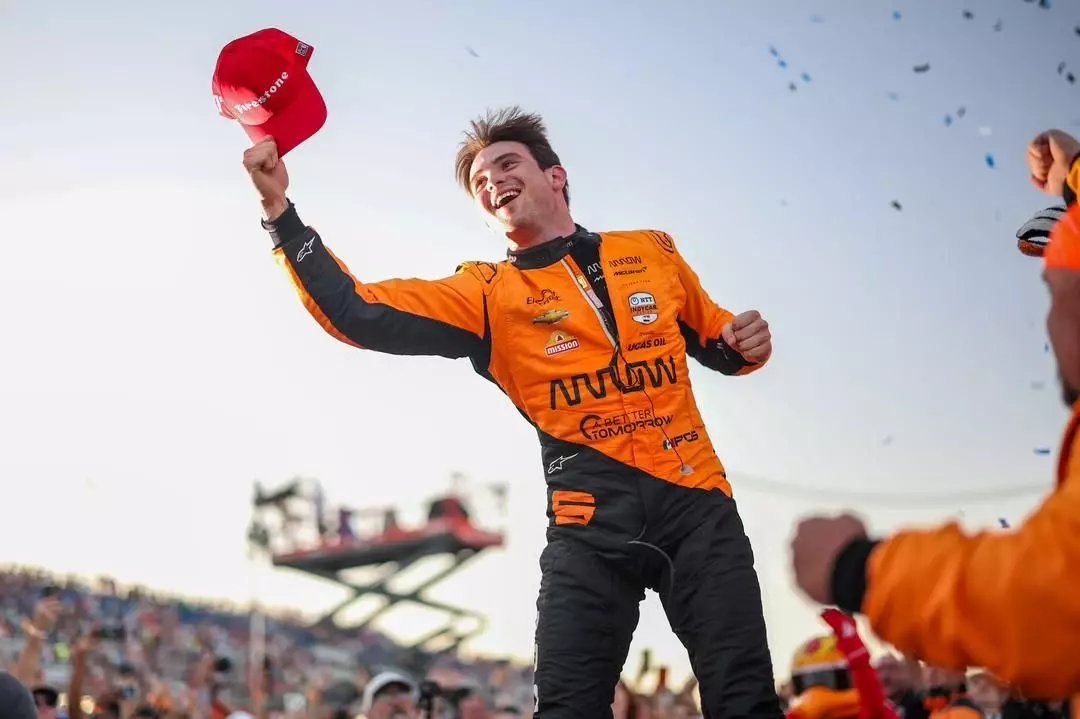As the excitement of motorsport continues to expand, the announcement of the inaugural Grand Prix of Arlington by the IndyCar Series has sparked a wave of enthusiasm among drivers and fans alike. Set to return to Texas in March 2026, the event is part of a partnership that includes heavyweights like the NFL’s Dallas Cowboys and REV Entertainment, associated with the Texas Rangers. However, while many celebrate the potential of this backdrop, there are significant concerns that underline the complex dynamics of hosting motorsport events in new territories.
The proposed 2.73-mile temporary street circuit will wind its way around major landmarks, including the AT&T Stadium and Globe Life Field. This move taps into what has become a thriving sports and entertainment district, boasting an annual draw of over 1.6 million spectators for diverse events. For drivers such as Pato O’Ward of Arrow McLaren, the excitement is palpable, as he sees parallels with prestigious Formula 1 events. The glitz and glamour projected by the iconic venues suggest a new playground that could elevate IndyCar’s profile and draw in upscale audiences.
However, O’Ward is candid about the challenges that come with such expectations. The grandeur of the venue can often mask the underlying financial risks. Texas, as a massive market, offers unmatched outreach potential, but that also means higher stakes. The reality is that despite the allure of the Dallas Cowboys and the prestige associated with the NFL, the true success of the Grand Prix will hinge on financial viability. Will ticket prices alienate casual fans, or will they hit the sweet spot that attracts high-profile spectators willing to splurge for a premium experience?
O’Ward highlights a significant conundrum: the striking difference in consumer behavior between sports. While successful events in Formula 1 can command $10,000 to $15,000 for premium experiences, the IndyCar market has historically struggled to replicate such pricing strategies. This discrepancy poses questions about the pricing structure for the upcoming Grand Prix. If experiences are priced too high, they risk alienating loyal IndyCar fans who may not be willing to spend exorbitantly on an event that, while ambitious, could also be perceived as merely a commercial spectacle.
The modifiable nature of IndyCar’s market dynamics presents both a daunting challenge and a remarkable opportunity. If the Arlington event manages to formulate a pricing structure that marries affordability with exclusivity, it could serve as a model for future races across the country. It’s essential for promoters to conduct thorough market research and understand what local fans expect in terms of value before rolling out the red carpet for the Grand Prix.
Coming from Monterrey, Mexico, and having grown up in Texas, O’Ward feels a personal connection to the Lone Star State. His victory at Texas Motor Speedway in 2021 accentuates his enthusiasm for competitive racing in the region. Nevertheless, he walks a fine line between hope and apprehension. Reflecting on his financial outlay in creating memorable experiences, he articulates a concern shared by many in the sport: the risk of failure.
“There’s always the possibility of having it the other way,” he says, expressing unease that the event could fall short of expectations. While the opportunity exists to enhance the IndyCar experience, it is vital to pay attention to the underlying issues; a poorly executed event could tarnish IndyCar’s reputation and jeopardize future opportunities in other major cities.
In assessing the significance of the Grand Prix of Arlington, it’s important to weigh both the challenges and the opportunities it presents. The convergence of major sports franchises like the Dallas Cowboys and the Texas Rangers could indeed unlock new avenues for the series, but the road ahead is not without its bumps. As O’Ward aptly summarizes, the debut event will serve as a litmus test for IndyCar’s potential to break into new markets and cater to diverse audiences.
As excitement builds for the inaugural race, it becomes evident that success will depend on thoughtful execution and an understanding of the unique market dynamics in Texas. With careful planning and pricing strategies that resonate with both hardcore fans and new spectators, the Grand Prix of Arlington could very well be the catalyst needed to propel IndyCar into a new era of growth and recognition.


Leave a Reply